Data Informed Organizations Need Data Literate People
/Per my discussion on Stages of the Data Transformation Journey from data-ignorant to data-informed, it is not a “one-size-fits-all” and is ongoing. However, it is a misconception that a data-informed organization only means having executive buy-in backed by an awesome data science team. Yes, both are important. But, you can be a data-informed organization without the most advanced data science team, or even without a data science team at all.
Instead, data-informed organizations require data-fluent people making decisions, and an empowered, data-informed culture behind it. Data-fluent people meaning people that can apply data, gain insights from data, and tell stories with and around data. Data informed and empowered culture meaning an organization that encourages and empowers data-informed decisions.
For example, a data-fluent project manager may seek out new data he typically does not receive to better ensure his project meets targets. Or a data-fluent product manager may utilize customer data insights to develop the next "big thing" for her organization.
Most decisions are not made by people with VP or CXO in their title. Instead, decisions are made by analysts, associates, engineers, customer service managers, generalists, architects, scientists, and dozens of other titles. It is the culmination of thousands of decisions each day that is the fate of organizations. Ideally, each of these decisions is made by a data-fluent person or persons in the context of customer value. (Look for more to come on the subject of being customer-focused).
“Most decisions are not made by people with VP or CXO titles”
The real value of data-fluent people, though, is not what they do alone. Instead, data-fluent people help drive improvements for the entire organization. And that makes the organization run better. Think what companies like Toyota did on the factory floor — but now it is on the office floor.
In addition to encouraging specific improvements to processes and systems, data-fluent people help drive a data-fluent culture. This is where data-fluent people provide the highest value.
The important question then is, does your organization hire for, train towards, and reward data fluency? If the answer is no, then your organization will not be data informed.
So, the next time an executive asks how do we become a data-informed organization? Respond, “We need to start attracting, retaining, developing, and empowering data-fluent people."

